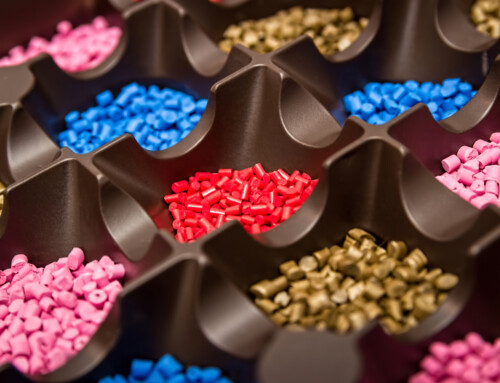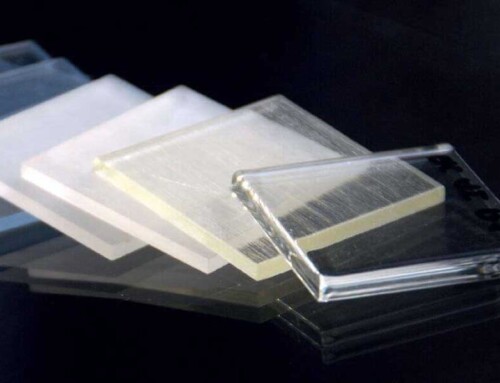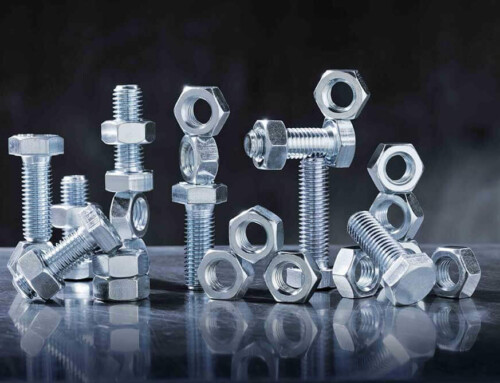Commercial plastics and engineering plastics are two types of thermoplastics, which are classified according to their differences in design, cost, and application. These plastics are composed of polymers, which are long-chain molecules that maintain their connection through intermolecular forces.
This feature makes them very useful in making products and tools used in different industries. Plastic products made of commercial plastics and engineering plastics can be seen everywhere, and each material has characteristics suitable for different purposes.
In this article, we will explore some of the differences between commodity plastics and engineering plastics.
1. Design
Commercial plastics are plastics found in ordinary household products, hence the name. They are composed of low-cost resins that are mass-produced. They are usually disposable products, and their design is durable, but they are also disposable.
Commercial plastics are not designed to have outstanding mechanical properties but are used in products that do not require mechanical properties. They can be found in simple daily necessities and are also the most familiar plastic products for consumers. The most common commercial plastics are polyethene, polypropylene, polyvinyl chloride and polystyrene.
Many of these companies are better known by their product names. PVC and PET are two examples of polyethene terephthalate. The most common form of polystyrene is its foam form, with the trade name polystyrene foam.
On the other hand, engineering plastics are designed to meet more mechanical purposes. They can withstand chemical, mechanical and environmental conditions, which ordinary plastics cannot withstand.
In addition, the design and production scale of engineering plastics is different from that of commercial plastics. Instead, they are usually designed and manufactured in smaller quantities to meet more specific goals or functions.
Engineering plastics are also designed to have different characteristics. They have high mechanical strength, mechanical function, chemical and heat resistance, chemical stability, and even (for some engineering plastics) have self-lubricating ability.
These characteristics make engineering plastics favoured by different industries. Their design allows them to place traditional materials and even combine them with other materials such as glass to further increase the performance they want.
2. Cost
Commercial plastics are inherently easy to obtain and easy to process. Because of its simple structure and performance, it can be mass-produced. The materials needed to produce commercial plastics are cheap and easy to process, making them easy to produce.
Many aspects of the production process can also be used for most plastic products. This means that most products made from this material do not require a lot of specialized machinery or technology. This is why commodity plastics are often a cheap and easy-to-obtain option. Many everyday consumer products use them because of their low cost and fast production.
On the contrary, engineering plastics require specialized processes to meet the specific mechanical or thermal properties of the final product. This is because products made of engineering plastics need to withstand harsh conditions and need to have strong resistance to operating temperature and other environmental factors.
This also means that their production also relies on skilled labour to carefully create these ideal characteristics in the final product. This kind of skilled labour is also required when operating specialized machines used in the production process. This process is time-consuming and uses expensive materials and machines to make engineering plastics.
3. Application
Commercial plastics are widely used and are one of the most common ingredients in mass-produced goods. They are found in disposable plastics, such as packaging, cups, tableware, etc.
In addition to these disposable plastics, they are also used in other products, most of which can be found in almost every household around the world. You can find them in electronics enclosures, Tupperware, children’s toys, kitchen utensils, and other everyday items.
There are countless kinds of commercial plastics, and each of them has endless applications in the modern world. Judging from the examples mentioned earlier, acrylonitrile-butadiene-styrene (ABS), exists in electronic boxes and toys in your home. Another example is high-density polyethene (HDPE), which is an integral part of water pipes and water bottles.
Low-density polyethene (LDPE) is another common plastic that is used to make products ranging from resealable bags to packaging foam. Although engineering plastics may not be common in your home, it still has a variety of applications in your workplace. There are many examples of engineering plastics in various industries such as medical, machinery and food industries.
They are most commonly used in applications requiring low friction and high environmental resistance. Polybutylene terephthalate (PBT) is an example. Because of its heat resistance and rigidity, it can be found in connecting strips, valves, and some household appliances.
Another example is polyether ketone (PEEK), which is used to make bearings, cable insulation and mechanical pumps. Polyethene terephthalate (PET) is another example. It is a component of most parts used in automobiles and has strength, stiffness, density, and moisture resistance.
4. Conclusion
Commercial plastics and engineering plastics have their place in some modern applications and industries. Both have many useful attributes and functions, which makes them endlessly usable in home and professional environments.
When choosing which materials to use as components, understanding the differences between commodity plastics and engineering plastics is essential to ensure product functionality, usability, and cost-effectiveness.






Leave A Comment